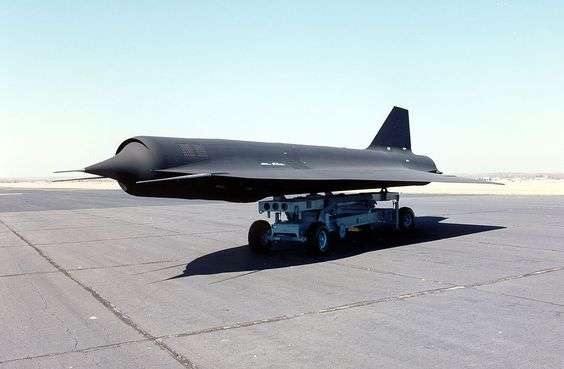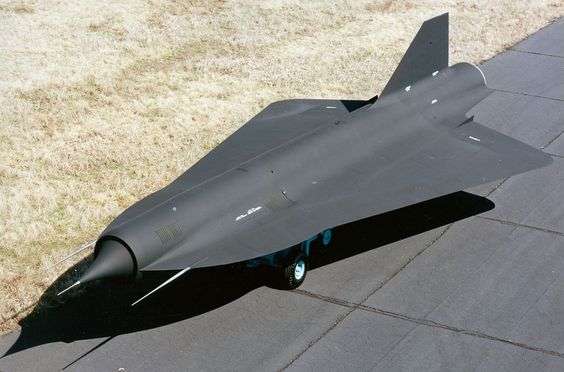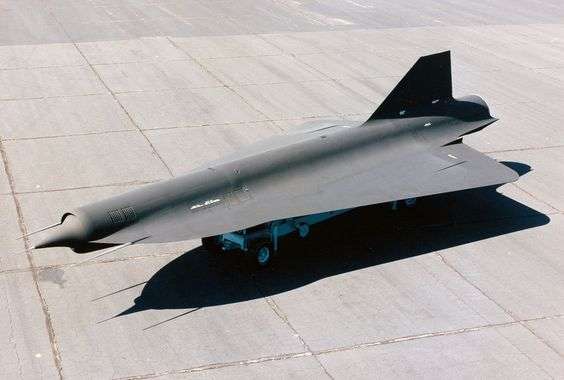The Lockheed D-21: The Ultimate in Supersonic Stealth in the Air
The revolutionary and enigmatic Lockheed D-21 supersonic reconnaissance aircraft was created during the Cold War. Its design and capabilities stretched the limits of what was feasible in the field of high-speed reconnaissance, and even decades after it was retired, the missions it carried out are still classified. We shall examine the background, the design, and the extraordinary exploits of the pilots who flew this mysterious craft in this article.
A Brief Overview

The Lockheed D-21’s development began in the early 1960s when the US government desired to create a fast, high-altitude reconnaissance platform that could take pictures of far-off, heavily defended targets. To make this idea a reality, Lockheed’s Skunk Works was entrusted under the direction of the illustrious Clarence “Kelly” Johnson.
Features and Design

The D-21 was a delta-winged, unmanned aircraft with a length of 43 feet and a wingspan of slightly more than 19 feet. Its thin, streamlined shape allowed it to fly at heights more than 90,000 feet at Mach 3.3 speeds. The Marquardt RJ43-MA-11 ramjet engine allowed the D-21 to travel at high speeds for a considerable amount of time.
The way it was launched was one of its most outstanding characteristics. Usually, a modified Lockheed M-21, a subtype of the SR-71 Blackbird, carried the D-21 aloft. The D-21 would be released from the M-21’s back after it had reached the targeted launch location, sparking its engine and causing it to accelerate to operating speed.
Reconnaissance and Missions

The D-21 was developed primarily to take high-resolution pictures of important targets in hostile territory. Its missions, code-named “Tagboard,” were frequently secret, and specifics about them are now only partially known.
The D-21 mission to photograph China’s Lop Nur nuclear test site in 1969 is among the most well-known. Unfortunately, the D-21 malfunctioned, causing its destruction in China, thus this mission was a failure. During the Cold War, the event increased tensions between the US and China.
Perspectives from Pilots
Even though the D-21 was unmanned, launch and recovery procedures needed the experience of highly qualified pilots. An experienced pilot flew the M-21 launch vehicle, while the D-21 was operated remotely during the mission phase.
Pilots who have flown the M-21 have characterized the experience as thrilling and difficult. The mission was difficult and demanding because of the fast launch, complex synchronization with the D-21, and requirement for exact timing.
Bill Park, who piloted the launch aircraft for the D-21 program, is one of the most well-known pilots to have been engaged. The M-21/D-21 program, he once remarked, “was the most intensive thing I ever accomplished in my life. Flying this high-performance aircraft required a lot of skill. However, we were dedicated to making it work because we realized how vital it was.
Obstacles and Legacy
Numerous technological difficulties, including engine dependability problems, complicated guidance systems, and the constant risk of being detected by hostile aircraft, beset the D-21 program. Despite these difficulties, the D-21 was able to complete a number of fruitful reconnaissance flights before it was retired.
Due to financial restrictions, the program was formally ended in 1971, and the remaining D-21s were decommissioned or used for other tasks. But the D-21’s legacy endures. The aerospace industry was forever changed by its ground-breaking technology and design ideas, which were used for high-speed surveillance and unmanned aircraft in the future.
Conclusion
In the annals of aviation history, the Lockheed D-21 continues to be a recognizable and intriguing aircraft. It is a fascinating topic for both aviation fans and historians because of its unique design, high-speed capabilities, and clandestine missions. Whether directing the M-21 or the D-21 remotely, the program’s pilots made a significant contribution to the development of reconnaissance technology at a pivotal juncture in history. The D-21’s history survives and stands as a tribute to the creativity and perseverance of individuals who, throughout the Cold War, pushed the envelope of what was conceivable in the sky.








